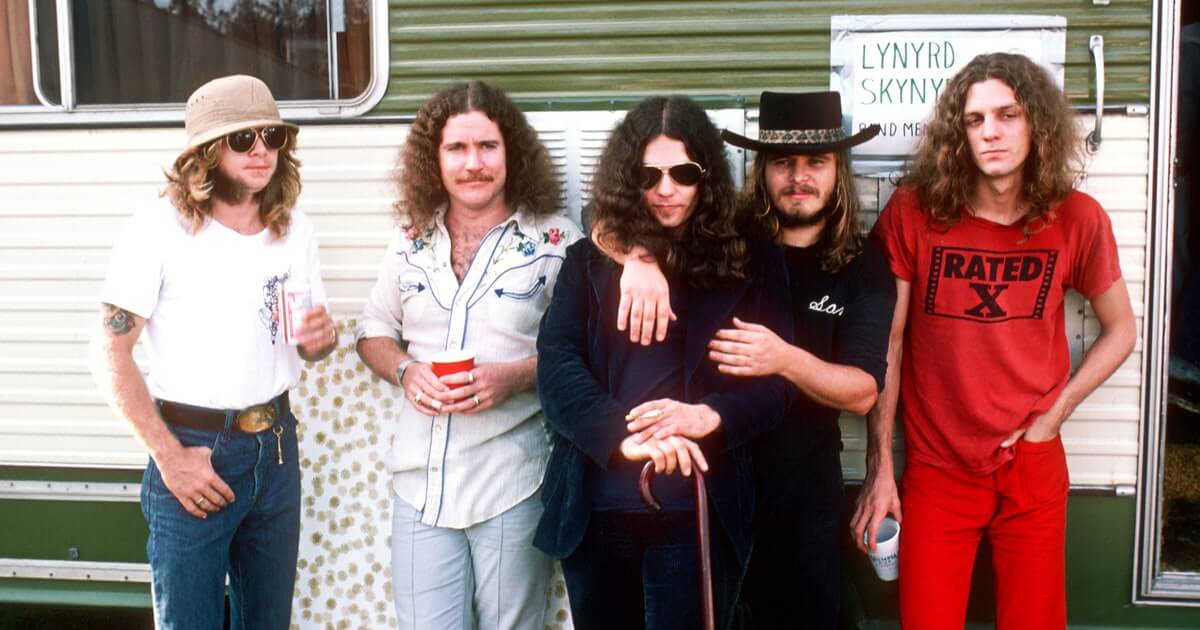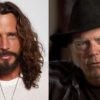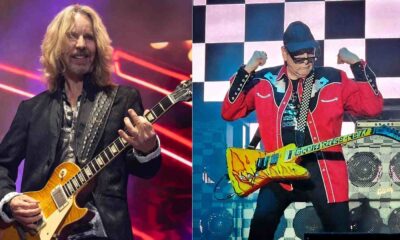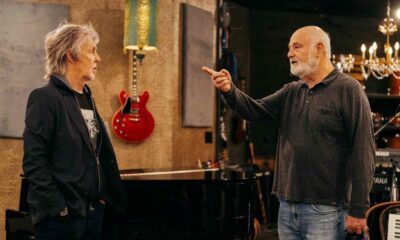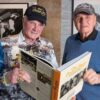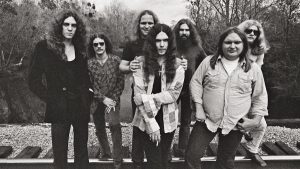Classic Rock
Hear Lynyrd Skynyrd’s isolated guitar solos on “Free Bird”
With no doubt about it, Lynyrd Skynyrd”s “Free Bird” is one of the greatest rock n roll songs of all time and also one of the greatest guitar solos of all time. Now, you have the chance to hear the solos isolated!
Check it out:
The song
The song was featured, not a band’s debut album, released as a single in November 1974, “Free Bird” became the second hit of the band on request to the Top 40 on the Billboard Hot 100 in early 1975, where it is in 19th place. A live version of the song also for a Billboard Hot 100 chart in 1977, from 38th place.
It is used as music that ends the live performances of the band and is his greatest song, often exceeding the 14 minutes of duration when played live.
The solo of this song was made by then-guitarist Lynyrd Skynyrd, Allen Collins, and is considered one of the most “destroying” soils of all time, being considered the 3rd largest guitar solo in history, according to Rolling Stone magazine.
Origin
“Freebird” came from a beautiful sequence of chords by Allen. Ronnie added melody and lyrics. “He wrote the whole letter in three or four minutes” – Gary. During the first few performances, Ronnie asked Allen and Gary to further extend the solos of the song. “It’s not long enough. Make it longer!” said Ronnie.
One of the first public performances of the song in its final version was during Allen Collins’s wedding party. This made the overdub of a second solo, in the studio version, creating the famous duel of guitars that crowns the music. Live, the three guitars – Gary on the slide, Ed and later Steve on the ground and Allen and the main solo – played the song faithfully and furiously, usually punctuated with an electrifying rave-up (Yardbirds) rhythmic that referred to the “bolero” (quite similar to the end of “Beck’s Bolero”)
In “Freebird,” Gary Rossington tuned the second string of his guitar in Sol, matching it with the third string. He said he did it to further enrich the sound of the slide. A screwdriver was used for this purpose. The guitar used was a Gibson Les Paul / SG ’61. Another trick was to use thicker strings (0.17 gauge G) instead of the third and second strings. “I remember I wanted something a little different from the same old slide guitar sound, so I did with that kind of invention,” he said.
Hear more Isolated Tracks


